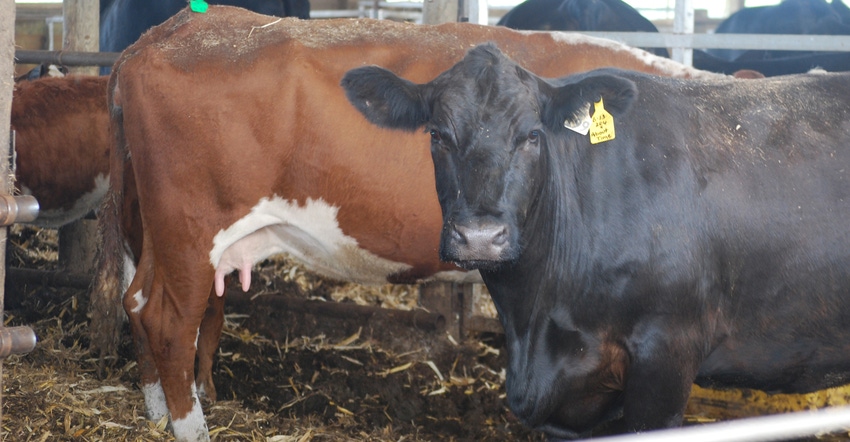November 13, 2017

How much ammonia or hydrogen sulfide is your livestock or poultry farm emitting? If it’s releasing more than 100 pounds of either, you must notify public agencies by Nov. 15.
Does the rule apply to your farm? University of Illinois Extension livestock engineers determined that in most cases, ammonia emissions will be the greater value, and they created a table of animal numbers requiring a mandatory report to use as a guide.
The upcoming deadline stems from an appeals court ruling requiring the EPA to enforce an existing reporting rule on CERCLA, the Comprehensive Environmental Response, Compensation and Liability Act. The decision does not impact a related rule called EPCRA, or the Emergency Planning and Community Right to Know Act, which is triggered by similar emissions values but currently applies only to farms designated as large concentrated animal feeding operations under EPA’s National Pollution Discharge Elimination System.
“Livestock and poultry farmers should know this issue is evolving daily,” says Richard Gates, Extension livestock engineer. “EPA has asked the court of appeals to reconsider its ruling, but as of today, no further action has been taken. Thus, it is prudent to prepare for the requirement to report, if necessary, under CERCLA.”
Farmers can use the animal numbers table to determine whether further action is needed. For example, a grow-to-finish swine farm that uses deep pits for manure storage and has fewer than 2,703 head, or a turkey grower with fewer than 12,970 tom turkeys raised from 36 to 140 days old, would not need to take any further steps.
“We urge farmers to review their operations and select the best fit from the threshold reporting table,” says Neslihan Akdeniz, a clinical assistant professor in the Department of Agricultural and Biological Engineering at the U of I. If a farmer determines that his or her animal numbers exceed the reporting threshold, further action is required.
Gates and Akdeniz caution that there have been conflicting reports from different EPA regional centers. Illinois is in Region 5, where threshold numbers apply to the entire facility.
“The Nov. 15 reporting deadline is firm as of today, and producers are urged to be proactive,” Akdeniz says. “Fortunately, the reporting requirements are simple, requiring only a phone call and a follow-up report within 30 days. If a farm participated in the EPA’s AFO Air Compliance Agreement in 2008, then they are exempt from this new reporting requirement for now.”
University of Illinois Extension will provide further information and specific tools to assist farmers who are required to report.
For more information, visit the EPA CERCLA website.
Source: University of Illinois
You May Also Like




